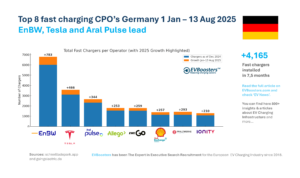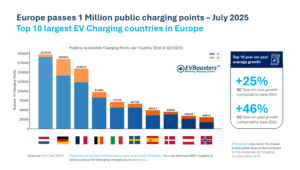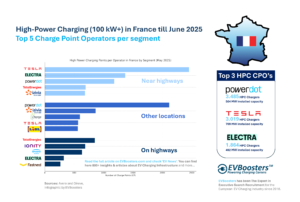Currently, three primary cell configurations dominate the market: prismatic cells, pouch cells, and cylindrical cells. Each type brings its own set of advantages and disadvantages, making it essential for manufacturers to carefully choose the format that aligns with their product goals.
Prismatic cells, known for their stacked “layer” configuration, provide high packaging capacity, while pouch cells tout lightweight features due to their aluminum coating. Cylindrical cells, on the other hand, are prized for their design stability and scalability in mass production.
The market distribution among these formats has been shifting. According to a study by ADDIONICS, as of 2020, prismatic cells held around 40% of the market share, pouch cells around 35%, and cylindrical cells around 10%.
The diversity in formats allows manufacturers to tailor their solutions to specific use cases. However, this also poses challenges as it influences various aspects such as thermal management systems, temperature distribution, and overall battery performance.
Major players in the industry are making distinct bets on these formats. LG Chem and Samsung, both Korean giants, are producing cylindrical cells, with LG Chem doubling production to meet Tesla’s demand. Samsung, meanwhile, is focusing on prismatic batteries, securing a deal with Volkswagen for its electric vehicles.
In China, CATL and Gotion prefer prismatic cells, while Farasis, in partnership with Daimler and Geely, is betting on pouch-type batteries.
Notably, Panasonic, a significant supplier to Tesla, manufactures cylindrical cells that align with Elon Musk’s vision. Envision AESC, Nissan’s supplier for the Leaf model, produces pouch cells and aims to tap into the European market.
Even in Europe, the diversity trend continues. French start-up Verkor has chosen pouch cells for its forthcoming gigafactory, while Swedish company Northvolt has produced prismatic cells for its European battery.
In conclusion, the battery cell format remains a pivotal aspect of the automotive electrification landscape, with manufacturers pursuing tailored solutions for their unique needs. The absence of a clear consensus reflects the dynamic nature of the industry and the ongoing quest for the optimal battery technology.
Source: CIC energiGUNE







